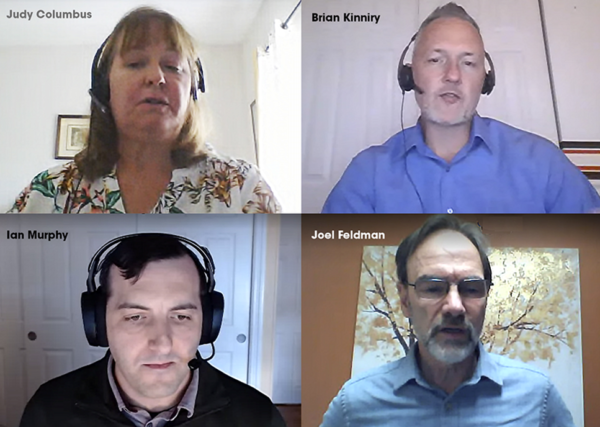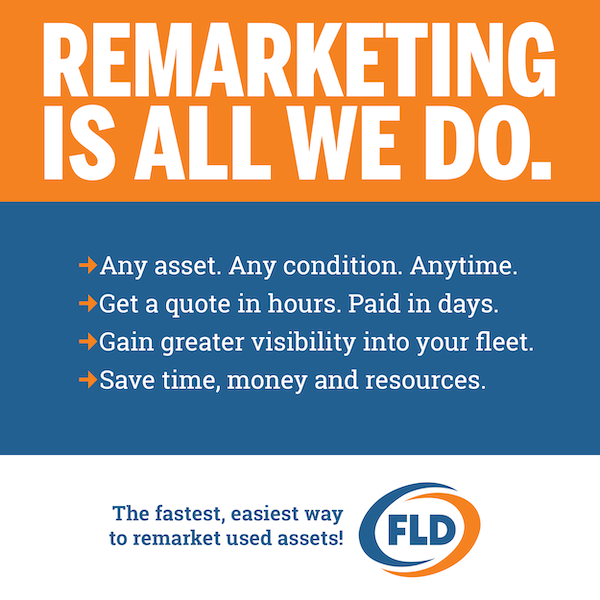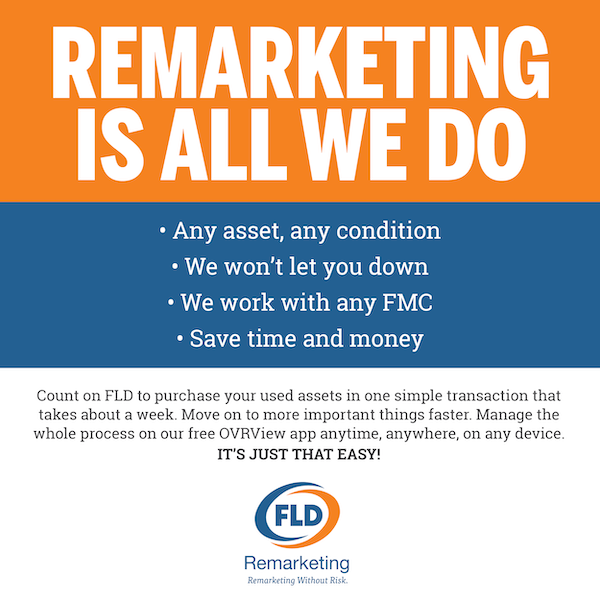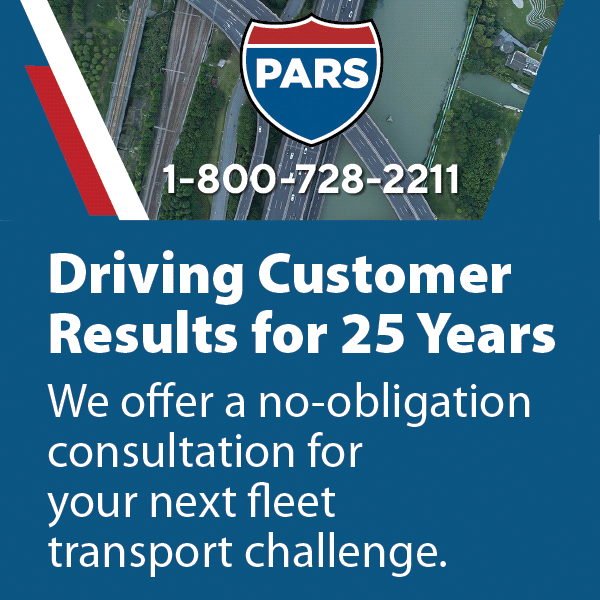
By Ed Pierce, Contributing Editor
This is the second part of the Cambridge Mobile Telematics’ panel discussion about distracted driving, “The Road to Safety for Your Fleet Drivers: Why Behavior Change is Key to Eliminating Distracted Driving.”
The panel included Judy Columbus, senior fleet analyst for GlaxoSmithKline; Brian Kinniry, Product Development Director for CEI; Emily Stein, president of the Safe Roads Alliance; Joel Feldman, president of EndDD.org. CMT director of marketing Ian Murphy served as host.
Q: Can monitoring driver performance change driver behavior?
A: Ian Murphy, Cambridge Mobile Telematics
Our company’s core technology is built on the idea that our drivers are scored every time that they get behind the wheel. They will be more cognizant of their driving performance and ask themselves, “Did I speed? Did I corner too fast? Was I using my phone?”
Performance feedback serves as a constant reminder to be a better driver. Drivers will use their phones less. They will speed less. They will slow down when going around curves. We have seen success when the scoring gets elevated on a regular basis. The data is important, but then it’s up to the organization to use that information to effect changes in behavior.
Q: Judy, does GSK have a separate safety policy besides its vehicle policy? How is the reeducation of your drivers scheduled? What are the topics you choose?
A: Judy Columbus, GlaxoSmithKline
Global GSK just came out with what they call life-saving rules for everybody in the company. It covers a very wide variety of safety topics. We are making sure that we reinforce not only our driver life-saving rules, but making sure that they have access to all these rules, and we will reinforce the rules on an occasional basis, linking up with the other company training efforts.
We are re-launching our commentary drives, where the managers ride along with the driver and evaluate them. That was stopped due to COVID. It is a great coaching strategy. Both our fleet and compliance teams conduct policy training, so they want those to go out again with us. We’re going to deliver reminders on a constant basis throughout the year, too.
Fleet trainings involve even more. We continuously train drivers immediately after they receive an MVR violation such as speeding. We do the same thing with collisions, but we want to prevent those by working closely with CEI to go over our numbers and identify trends throughout the year. We work with the CEI team to develop our own training. Many times, they already have a module that works for us; for example, back-up cameras.
Finally, we send out regular safety tips and other training. We don’t overdo it because then it becomes noise, but we want enough training to keep drivers aware and safety top of mind. Based on drivers’ positive feedback, we believe we have an effective training regimen. For example, when we rolled out rearview camera training, we received a lot of feedback such as, “I never realized my mirrors weren’t adjusted correctly”, “Thank you for that reminder”, “I wasn’t thinking about that”, and “It’s been a long time since I’ve had to do that.” Drivers do appreciate it, and we want to keep them positive.
Q: Brian, what sort of things have you seen be successful? How much is too much? How much is not enough? How much is just right?
A: Brian Kinniry, CEI
I would say that it is critical to make sure that, from a new hire orientation standpoint, employees know that the company cares about their safety. They are going to receive training right from the start, skillset training, to make sure they’re in a position to drive defensively and avoid incidents.
At a minimum, I would say that we see fleets sending out a wide range of training modules at least four times a year. It is then important to supplement that training with messaging, not full training modules, but reminder messaging — short, quick tips in terms of getting into their heads. We want to build up muscle memory related to these skillsets.
Another critical target of safety messaging are the field managers or managers responsible for driver performance. By providing ongoing messaging – tips, trends, reminders – a company can inculcate a safety culture in them, creating an impactful direct conduit for driver communication.
By the way, recognition is important. Messages should not be exclusively negative or punitive. We’re trying to coach drivers. Positive reinforcement, success and model performances will go a long way with employees in terms of messaging.
There are so many tools out there when one talks about communicating and training. I suggest that employing a variety of them will keep drivers fully engaged.
Q: Joel, what tools or guidance can you offer employees to remain safer from others who are driving distracted?
A: Joel Feldman, EndDD.org
First, distracted drivers cannot be defensive drivers, so we talk about the cognitive processes required to be defensive-minded. There are a certain percentage of people that, if they think that distracted driving is dangerous, they won’t do it. If they are going to get a ticket, they won’t do it. Maybe they won’t do it because they want to be a good role model for their kids. Maybe they won’t do it because they recognize that the only way they can protect themselves is to remain more vigilant.
There are different reasons that drive different people to take safety seriously and different techniques to solve the problem that appeal to those reasons. The right combination of actions must fit the specific needs of the drivers and their organizations.
Q: How does one implement fleet safety education if the organization doesn’t already have a centralized fleet management structure and how does one make these practices a priority inside the organization?
A: Brian Kinniry, CEI
The rise of an ESG, or Environment, Social and Governance, function within companies has led to the rise of ESG initiatives. They are becoming more and more popular. It is a way for companies to show that they are investing reasonably as responsible members of society.
I think there’s a growing opportunity either to start a safety program or get support for a safety program by using the corporate commitment to ESG. While almost every company has an ESG function, it may be overlooking driver safety as an important social consideration.
A: Judy Columbus, GlaxoSmithKline
GSK has a Fleet Safety Board comprising representatives from legal, environmental safety, HR, and fleet. We work together on these initiatives and look into new technologies and ideas to improve safety.
We work closely with our employee health and safety group, too, and they have implemented other online training resulting from these interactions. I suggest that fleet managers seek out and work with other groups inside the organization. By getting a group together, you too will find help in developing innovations for fleet.
Editor’s Note: The first part of Highlights from the Cambridge Mobile Telematics’ Fleet Road Safety Panel Discussion may be accessed here.





